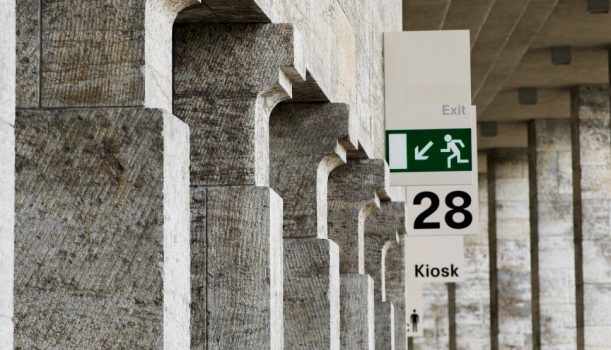The Center for Security Studies, KEMEA (Kentro Meleton Asfaleias), is a scientific, consulting, and research organization overseen by the Ministry of Citizen Protection. It was established in Athens in 2005 and conducts theoretical and applied research and studies, particularly at a strategic level, on security topics and policies. Since 2011, KEMEA is the nationally designated European Critical Infrastructure Protection (ECIP) Contact Point, responsible to coordinate ECIP issues domestically, as well as in conjunction with the other Member States and the European Commission. KEMEA is the think-tank of the Ministry of Citizen Protection on numerous policies such as public order, crime and terrorism prevention, integrated border management, and civil protection as well as on various other security and societal issues. As such, the involvement in 5G-TOURS where the project will demonstrate close-to-commercialisation security-focused services for citizens and tourists in a smart mobility environment is aligned with the organisation’s strategic vision.

5G communications present new opportunities for security practitioners and their organizations, for both public and private entities. Network Function Virtualisation (NFV), Edge Computing, and Network Slicing apart from introducing new functionalities they also present additional challenges for Law Enforcement Agencies. 5G-TOURS will demonstrate in Athens four (4) use cases and one of them, the airport evacuation which is of interest to KEMEA. Citizens’ safety in public places is a challenge for security practitioners as there are numerous issues pertaining to the evacuation process. An effective evacuation plan should ensure the immediate, secure, and safe removal of people away from a threat. At airports, there is a dedicated team of professionals to assist the emergency terminal evacuation plan. Key personnel is well trained to facilitate emergency procedures for the terminal evacuation and ensure that a) able-bodied persons, passengers, and facility personnel will use the emergency routes and exits to move away from threats and onto designated safe areas, and b) individuals with reduced mobility (e.g., families with infants and pushchairs, the elderly, persons with walking aids) who are not able to move from the threat on their own or need assistance or more time to evacuate, will eventually move to safe areas as well.
The 5G-TOURS will demonstrate how the advancements in modern telecommunication services can assist the users of a terminal building to evacuate safely with the limited intervention of security staff. The 5G network will be utilized to first alert the passengers about the need to evacuate the terminal. Then, an application will guide Terminal personnel to evacuate. The application will select an optimum evacuation route based on location data from the 5G antennas in an indoor environment. The evacuation application will push frequent and personalised messages to the mobile devices of travelers and will guide them to safety areas using optimum evacuation route techniques.

It is noteworthy, that apart from the technology side of the evacuation use case, other parameters will be tested and assessed. Evacuations are triggered with no prior notification and are causing high stress to evacuees. To avoid a non-controlled evacuation in real life, frequent training is provided to security personnel, since it is of paramount importance that all security personnel will follow and execute a well-defined evacuation protocol. In the use case that is taking place at the Athens International Airport (AIA), a limited intervention of security personnel is planned to test if the use of technology tools and timely and accurate information can guide stressed individuals to safety with limited instructions from airport security guards.
Last but not least, there are numerous stakeholders involved in airport security. Police officers and private security guards are operating in the same area but with different security roles. Cooperation between the public and private sectors in the security domain is always a challenge for various reasons. Apart from the different modi operandi, the information shared and the standard operating procedures (SOPs) of each stakeholder are different as well. As such, in the AIA evacuation use case, all security personnel will utilise the same application and shall cooperate using information and instructions provided by the evacuation application.


